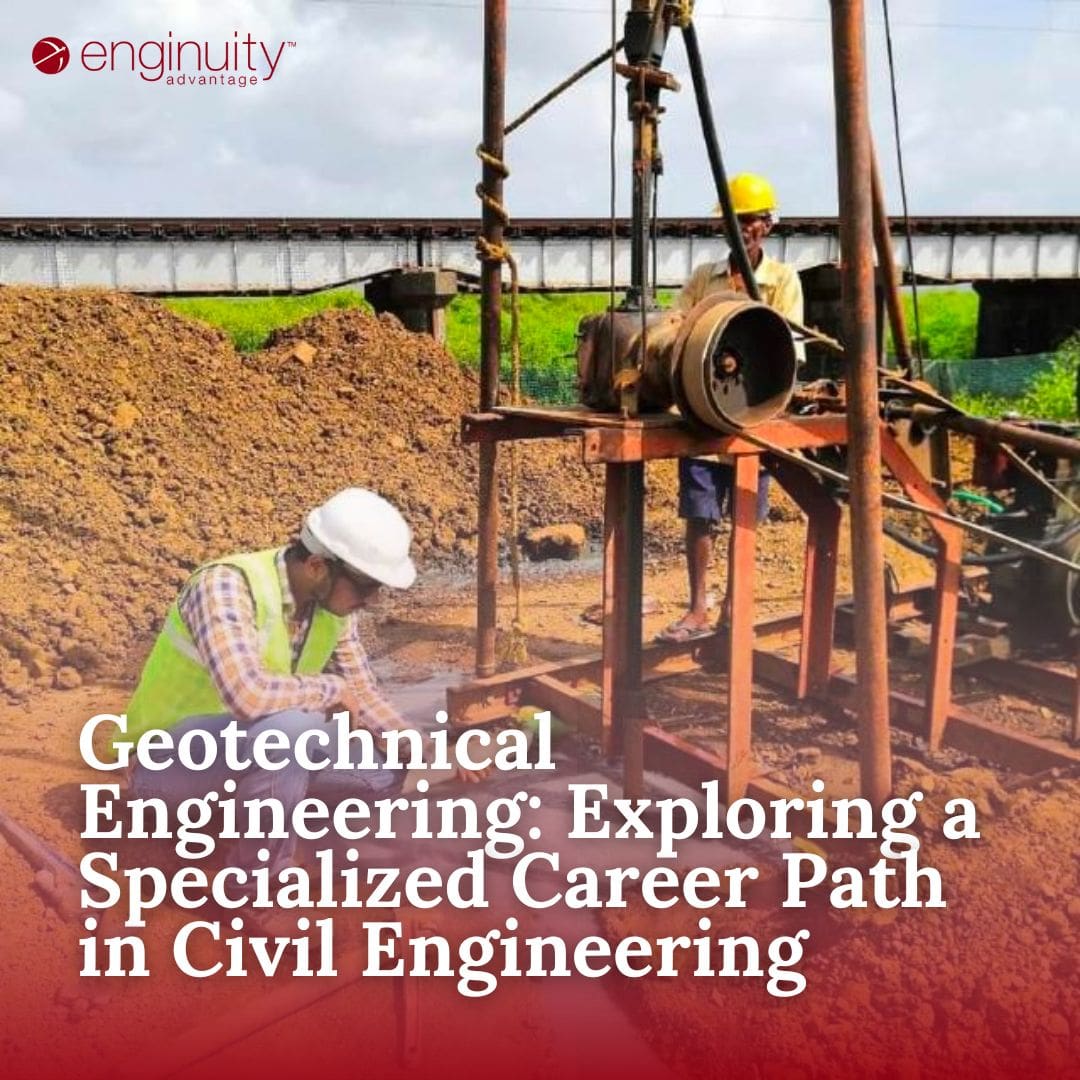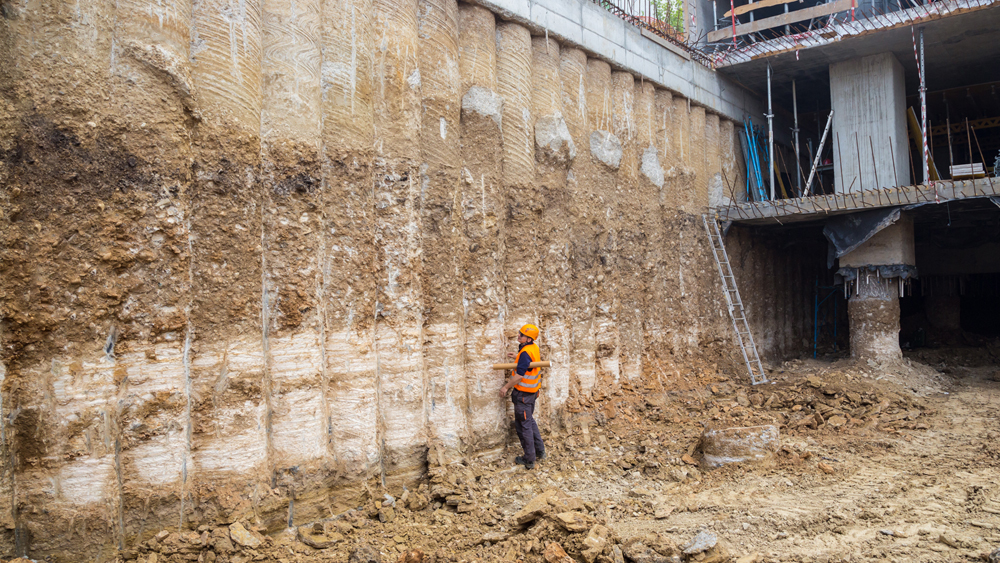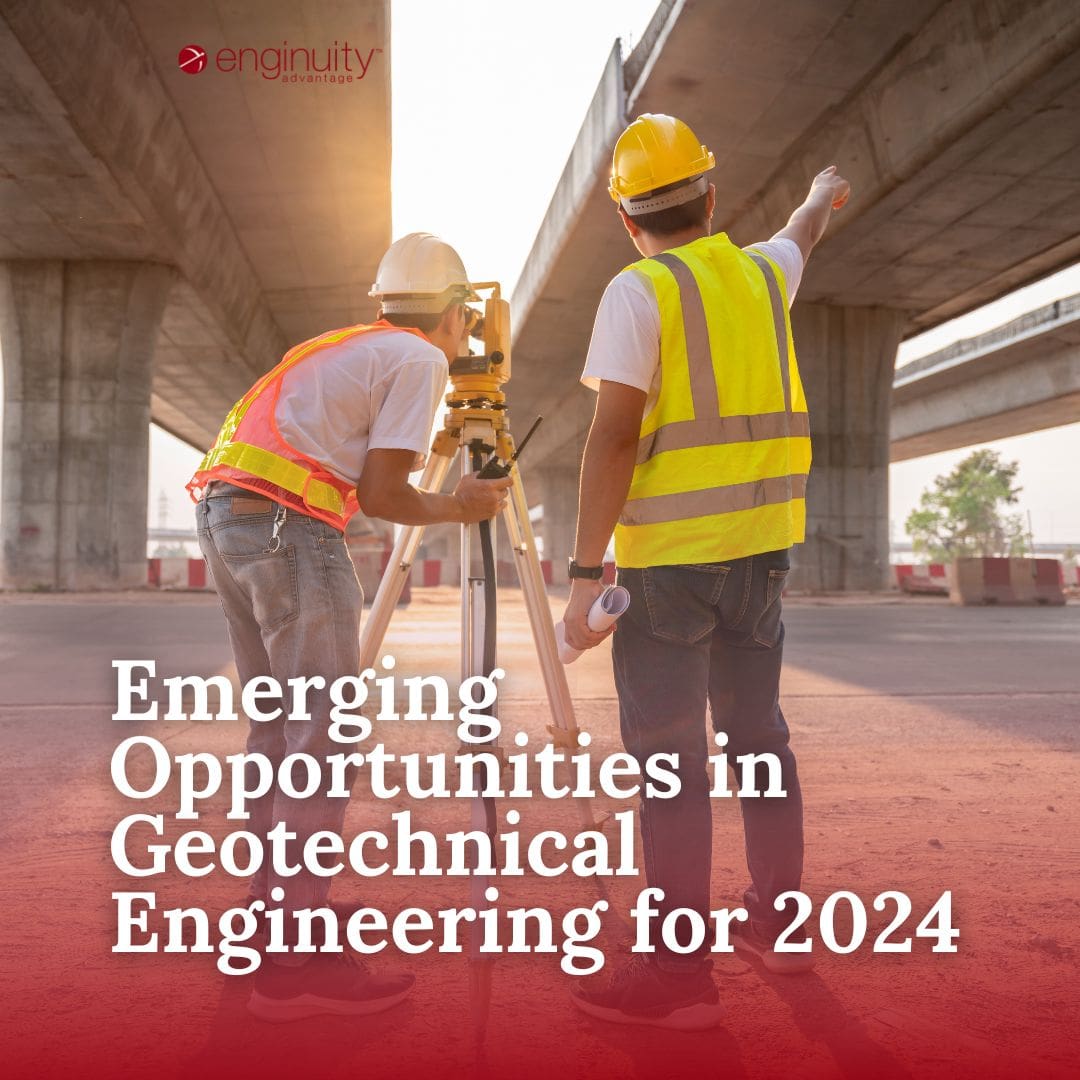The Benefits of Partnering with a Leading Consulting Engineer for Your Organization Needs
The Benefits of Partnering with a Leading Consulting Engineer for Your Organization Needs
Blog Article
Comprehending the Crucial Duty of the Geotechnical Market in Modern Construction Projects and Facilities Development
The geotechnical industry is a cornerstone of contemporary construction and framework growth, offering critical understandings into soil habits that directly affect task outcomes. Through sophisticated soil assessments and ingenious engineering solutions, geotechnical professionals not only guarantee structural honesty yet also address sustainability concerns amid progressing ecological criteria.
Importance of Dirt Evaluation
Soil assessment plays an essential function in the geotechnical market, offering as the structure for educated decision-making in construction projects. Accurate dirt evaluation is important for figuring out the viability of a site for different kinds of structures, including property homes, commercial structures, and bridges. By assessing dirt make-up, strength, thickness, and dampness content, engineers can anticipate potential obstacles and alleviate dangers connected with ground instability, disintegration, and settlement.
The analysis process typically entails a series of tests and monitorings that provide essential info about the subsurface conditions. This information informs the layout and construction processes, ensuring that frameworks are improved solid ground with ample support. Understanding the dirt profile enables engineers to choose suitable building and construction approaches and products, optimizing resource application and reducing costs.
In addition to making certain structural stability, soil assessment adds to ecological sustainability. By identifying potential contamination or negative effects on bordering ecosystems, designers can carry out approaches to safeguard these all-natural resources. On the whole, thorough soil evaluation is crucial in the geotechnical field, underpinning the safety, performance, and ecological responsibility of construction projects.
Secret Geotechnical Techniques
A range of crucial geotechnical strategies are used to assess and improve the security and efficiency of building sites. One foundational technique is soil tasting and screening, which permits engineers to establish the chemical and physical residential properties of the ground. This details is essential for making educated decisions regarding foundation style and building techniques.
One more vital technique is website characterization, which entails the thorough analysis of soil and rock conditions via techniques such as borehole boring and in-situ testing. Strategies like Requirement Penetration Tests (SPT) and Cone Infiltration Examinations (CPT) offer beneficial information on dirt stamina and stratigraphy.
Ground enhancement strategies, such as dirt stabilization and grouting, are also essential in improving the load-bearing capacity of weak soils. These techniques can alleviate settlement and improve total site conditions.
In addition, slope security analysis is crucial for determining potential landslide threats and making certain the security of excavations. This evaluation commonly employs mathematical modeling and limitation stability methods to forecast soil actions under numerous problems.
Integrating these geotechnical techniques right into building and construction planning not just enhances job results however also makes sure the long-lasting sustainability of facilities development.
Effect On Construction Safety

Moreover, reliable geotechnical design try here entails applying mitigation strategies for determined risks. This may include dirt stabilization methods, retaining frameworks, or water drainage systems to ease hydrostatic stress. By dealing with these factors, building groups can reduce the probability of crashes and boost employee safety and security.
Additionally, constant surveillance of site problems is critical during building and construction. Geotechnical tools can provide real-time data relating to ground activity and stability, permitting for prompt treatments when necessary.
In essence, the geotechnical market plays a critical duty in securing building and construction projects. By prioritizing ground stability and using rigorous assessment methods, the geotechnical industry not just safeguards the labor force yet also adds to the long life and reliability of built facilities.
Sustainability in Geotechnical Practices

In addition, geotechnical engineers are currently using advanced technologies, such as geosynthetics, which enhance soil security while minimizing the volume of material required. This not only saves resources yet additionally brings about much less waste generation (geotechnical engineers). The assimilation of lasting layout concepts right into geotechnical engineering encourages making use of sustainable energy sources in building and construction processes, even more lowering carbon exhausts
By carrying out these assessments, geotechnical professionals can establish techniques that reduce damaging impacts, ensuring compliance with environmental policies. Overall, the emphasis on sustainability within geotechnical techniques not just adds to the longevity and durability of framework but likewise advertises an accountable method to land and source management.
Future Trends in Geotechnical Engineering
Development is driving the future of geotechnical engineering, as emerging modern technologies and methodologies reshape the market. The assimilation of sophisticated information analytics and expert system is readied to transform website examination and risk assessment, allowing engineers to make even more informed choices based on real-time data. The usage of geosynthetic materials is getting grip, using lasting options that boost soil stability and minimize ecological effect - engineer of record.
Another significant trend is the adoption of automated and robot systems for monitoring and construction procedures. These modern technologies not only enhance precision however also boost security by lessening human page participation in harmful settings. In addition, the application of Building Info Modeling (BIM) in geotechnical style helps with improved cooperation among stakeholders, maximizing job delivery and lowering expenses.
As climate adjustment positions new challenges, the sector is progressively concentrating on durability and adaptability in design techniques, guaranteeing facilities can withstand severe weather occasions. Lastly, the continuous fad toward sustainability will certainly drive development in environmentally friendly products and techniques, straightening geotechnical design with broader ecological goals. Jointly, these trends will certainly form a much more reliable, sustainable, and resilient geotechnical landscape for future jobs.
Verdict

The geotechnical industry is a keystone of modern-day building and construction and facilities growth, supplying crucial insights right into dirt habits that straight influence task end results. engineer of record.Dirt evaluation plays a crucial function in the geotechnical sector, serving as the structure for notified decision-making in construction tasks. On the whole, detailed soil analysis is important in the geotechnical field, underpinning the safety and security, effectiveness, and environmental duty of building tasks
Building security is significantly affected by geotechnical practices, as the security and integrity of the ground directly influence the overall safety and security of a building go to these guys website.In final thought, the geotechnical industry is crucial in modern-day building and construction and framework development, supplying crucial analyses that ensure architectural stability and safety and security.
Report this page